- in Video
- |
- 1 comments
How to Change the Default Webcam and Microphone in Windows 10
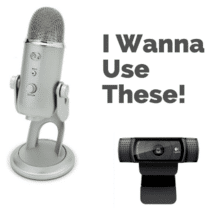
Facebook Live had just become available on the desktop, so I thought I’d give it a go.I plugged in my USB webcam and microphone, and hmm – problem. I couldn’t select them anywhere; Facebook just used the inbuilt webcam and microphone.The solution is to change the default webcam and microphone in the computer’s system settings. Doing this will enable you to use any external camera and microphone that you want to, really useful when the application or program you are using doesn’t give you these options.
To Change The Default Webcam And Microphone In Your System Settings
I am discussing Facebook Live in the video below, and since recording this, Facebook has added the settings to enable you to choose your equipment before going live.However, the process really applies to any application or program on your computer that uses your camera or microphone. I have also written a description of the process below the video.
We go to the Start menu and begin typing ‘Device Manager’ you will then see it as the ‘Best Match’. Click on it, and Device Manager will open as you see below.
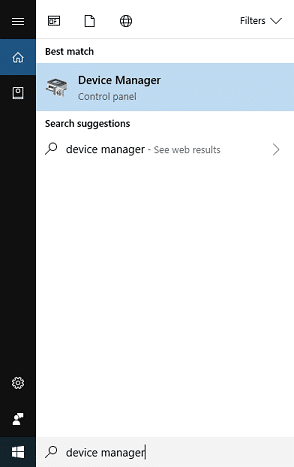
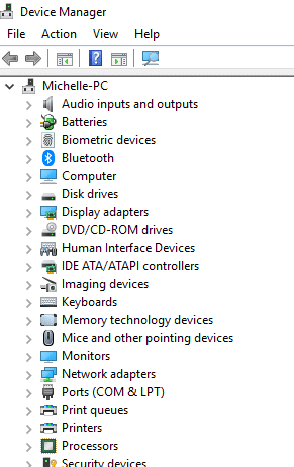
Next, you need to double click on ‘Imaging Devices to expand the list of cameras available to you.You may find that you don’t see ‘Imaging Devices’ if this is the case look under ‘Cameras’.This issue seems to vary depending on the computer you are using. I found that when I first plugged in my webcam, it took a few minutes to show up in Device Manager. You may need to close it and open it again if you have trouble.
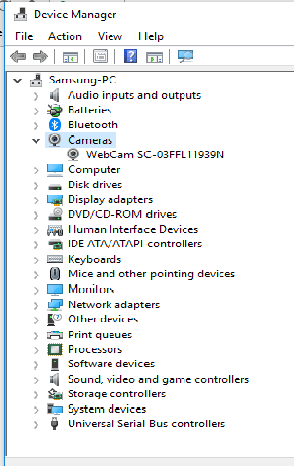
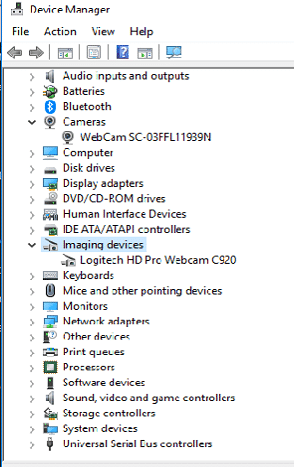
Next, you need to locate the devices you don’t want to use, in this case, it is the inbuilt webcam, you need to ‘right click’ on it and select ‘disable’. You don’t need to uninstall it, as you might want to use it in the future.You can use the same process for your microphone, by finding the device you don’t want to use under ‘Sound, Video and Game Controllers’. Again ‘right click’ and disable them. Sometimes there are a lot of different devices listed, and it’s not quite so obvious, so if you prefer, there is an alternative way of doing this, which I will explain next.
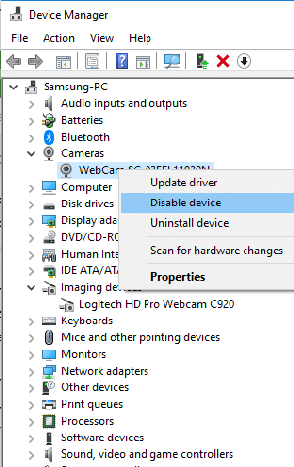
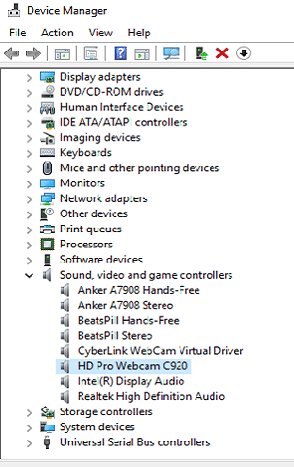
Alternative Ways To Set The Default Microphone
Well as per usual, nothing is straightforward when it comes to Windows 10, so I found that the method used on one computer, was different to the technique needed on another, so I’ve listed them both here.If one doesn’t work for you, you can try the other.
Method 1
‘Right click’ on the speaker icon in the taskbar, then select ‘Open Sound settings’.Sound settings will open up in a separate window.
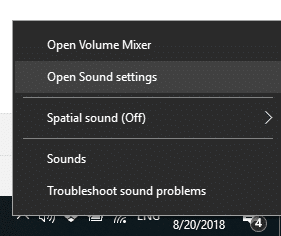
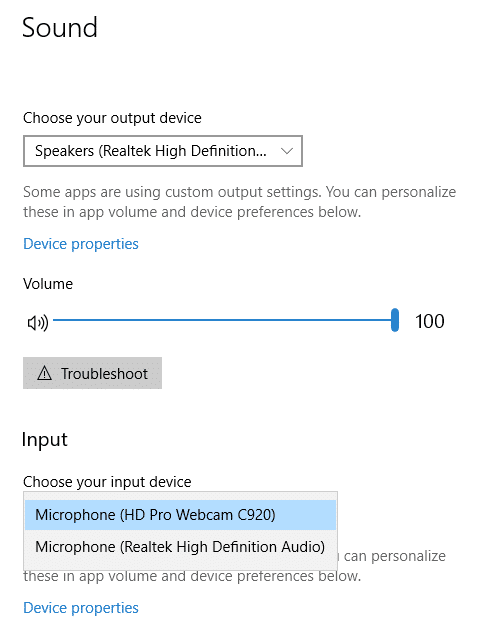
From this screen, you can choose your output device (your speakers in other words).I usually leave it set to the system speakers, but you can select another option if you like. I just found it more useful when using the Blue Yeti Mic to choose the inbuilt computer speakers. If you don’t do this, you have to plug earphones into the microphone, and it’s just a pain if you don’t need to.There are times when you would want to use headphones, but that’s another conversation entirely.And then, of course, you can choose the input device (the microphone) you want to use.
Method 2
‘Right click’ on the speaker icon in the taskbar, then select ‘Recording devices’.Sound settings will open up in a separate window. It will be open on the ‘Recording’ tab.
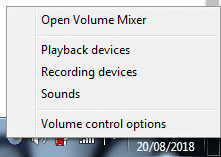
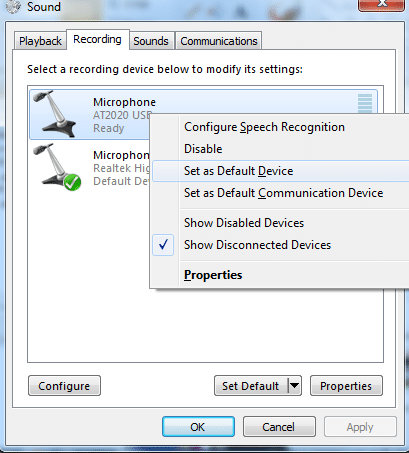
The default recording device will have a green tick on the icon as you can see here.Just ‘right click’ on the device you want to use and select ‘Set as Default Device’.You can see that your playback tab is also up there if you want to change any settings, as I mentioned before with the first method.
Problems With Recording Volume?
First and foremost, check the obvious, does your microphone have a volume control?For instance on the Blue Yeti USB microphone, there is a ‘Gain’ control dial on the back, you can adjust this to control the volume of the recording.Another method is to adjust the microphone volume in your system settings, although usually by default this is set to a sensible level, it can be adjusted as follows:’Right click’ on your speaker icon on the bottom right of your computer screen, select ‘Recording Devices, if you don’t see that, click on ‘Sounds’.The Sound control box should open in a little window, you will see there are four tabs across the top. Select the ‘Recording’ tab.Next, select the microphone you are having trouble with, and double-click.The microphone properties box will open. There are four tabs at the top, click on the third tab ‘Levels’.Here you can move the slider to your desired level. Then just click on OK to close all the boxes.
Update on the Facebook Live settings
When you go to Facebook to do a live video, the webcam and microphone used to be automatically detected, and there was no option to change that within the Facebook interface itself.Fortunately, this is no longer the case, and you can now select the camera and microphone that you want, as shown to the right.There is also an option now to share your screen, which is excellent. Unfortunately, though, you can’t switch from one to the other while you are ‘live’, so you can’t be on camera and then switch to share your screen.At least you couldn’t at the time of writing this, and I’m sure that will change soon, as most things do – usually at an alarming rate!

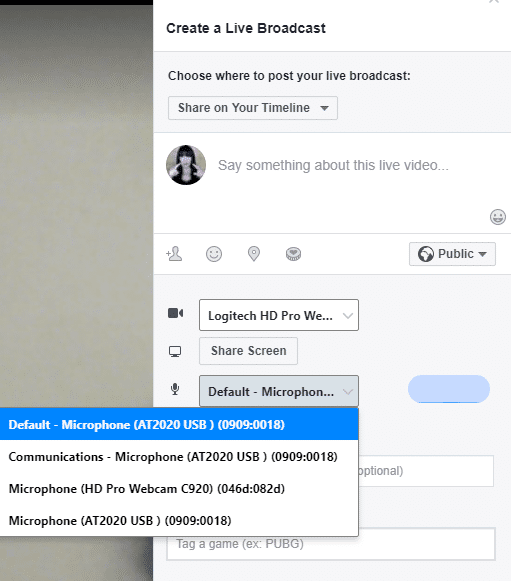
Equipment for Facebook live (or any Live streaming)
Using A Smart Phone For A Live Broadcast
Many people will live stream using a smartphone, with an external lavalier wired microphone and a tripod. This setup is very affordable and super convenient because you already own your phone and usually have it with you.An external microphone and a tripod, while not essential, are an easy way to make your videos much more professional. An external microphone will give you superior sound with less echo, and if you want to save some money, you can use the earphones that come with your phone, as long as they have a microphone on them, of course.A tripod will provide you with stable footage and will be a massive improvement versus just holding the phone in your hand.Besides, as recording a live stream may go on for quite some time, it would be very tiring and uncomfortable to have your phone handheld for all that time.If moving around while filming, then a selfie stick would be an excellent addition, again to stabilize the phone as your filming, resulting in less shaky footage.You will also need a mount to attach your phone to the tripod or selfie stick (if the mount is not included with it). I sometimes use my car mount attached to my windscreen and do live broadcasting from my car using my phone’s 4G data.
Using A Computer And Webcam For A Live Broadcast
Another popular option for doing live broadcasts is to use a computer and a webcam, this is another easy and cost effective solution for live streaming, as long as you don’t want to go on walkabout with it.It is most unlikely that your computer’s built-in camera will be good enough quality for this, so an external webcam capable of at least 720p resolution (preferably 1080p).A popular, affordable webcam that is widely recommended by all who know about these things is the Logitech HD Pro C920 webcam. It offers HD at 1080p and has a decent built-in microphone that you can use if you have to, but again an external microphone is a better solution.An Audio Technica AT2020 USB microphone or the Blue Yeti USB microphone are both excellent, widely recommended and ones that I use myself. You can also use a cheaper USB headset which has decent sound, like the Logitech H390.A tripod, while not essential – because the webcam can sit on top of the computer screen – can be handy if you want to be further away from the camera.
In Conclusion:
You can shoot perfectly great video and audio with your smartphone for most situations. It’s also easy and inexpensive to use a computer and webcam (assuming you already have the computer, at least).There are other options available, but they are not so easy to set up and use, such as action cameras and camcorders.When you want to step it up, you can move onto DSLR or the new Mirrorless cameras.These are obviously much more expensive and require more technical knowledge. But should you decide to stick with live video for the long term, it may well be worth looking into in the future.Happy live streaming!